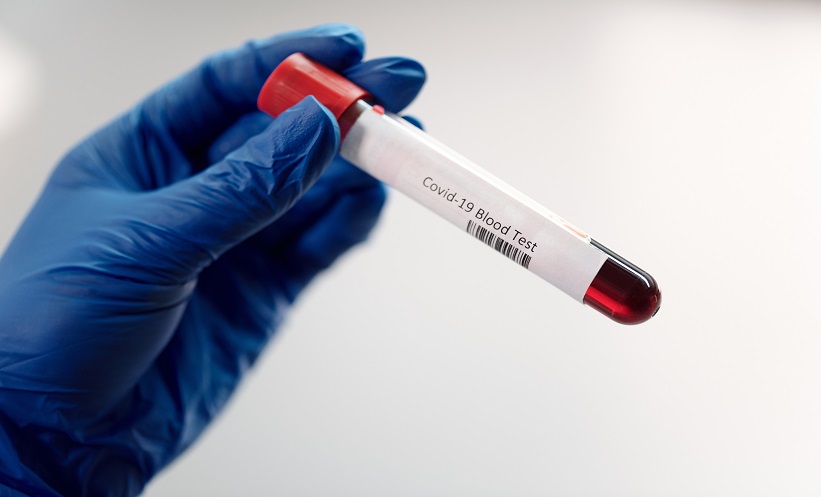A PIVOTAL study has uncovered the mechanisms behind the hyperactivation of platelets during a SARS-CoV-2 infection. Despite having been extensively reported in previous studies, the exact viral mechanisms of COVID-19-mediated platelet activation remained poorly understood, especially due to the challenges in separating the contribution of viral versus host components produced by infected cells.
In this crucial study, the authors investigated the effects of SARS-CoV-2 itself, or components from infected human lung epithelial cells, on platelet activation in healthy donors. This activation was assessed by the expression of P-selectin and the activated conformation of the integrin αIIbβ3 (αIIbβ3*), degranulation, aggregation under flow conditions, and the release of extracellular vesicles.
Furthermore, activation was also evaluated by the incubation of the recombinant full-trimeric SARS-CoV-2 spike protein, a recombinant SARS-CoV-2 receptor binding protein, and an S1 subunit containing the receptor binding protein in plasma samples. The plasma deficient in coagulation factors like FI, FII, FV, FVII, FVIII, FX, FIX, FXI, FXII, FXIII, von Willebrand factor, protein S, and protein C was incubated with SARS-CoV-2 or C.Med, and was subsequently added to platelets for the assessment of activation. Finally, the authors reviewed the role of thrombin in this activation mechanism by incubating plasma containing SARS-CoV-2 in the presence of a thrombin inhibitor.
The results from this investigation showed that SARS-CoV-2 induces a substantial rise in platelets and increases αIIbβ3* expression. However, SARS-Cov-2 did not lead to platelet activation in the absence of plasma or in the presence of C.Med in the presence or absence of plasma. However, platelets responded promptly to thrombin. Finally, SARS-CoV-2 did not activate platelets in the absence of coagulation factors FII, FX, and FVII.
These findings indicated that tissue factor (TF) produced by infected cells activated platelets as TF activity from SARS-CoV-2-infected cells activated thrombin, which signals to protease-activated receptor 1 and 4 on platelets. The authors concluded, therefore, that thrombin is the ligand for platelet activation, and TF-activity associated with SARS-CoV-2 is the trigger. Most importantly, elucidating the viral mechanism for platelet activation in a SARS-CoV-2 infection might assist in developing treatments for COVID-19 that specifically target TF, thrombin, and protease-activated receptors.






